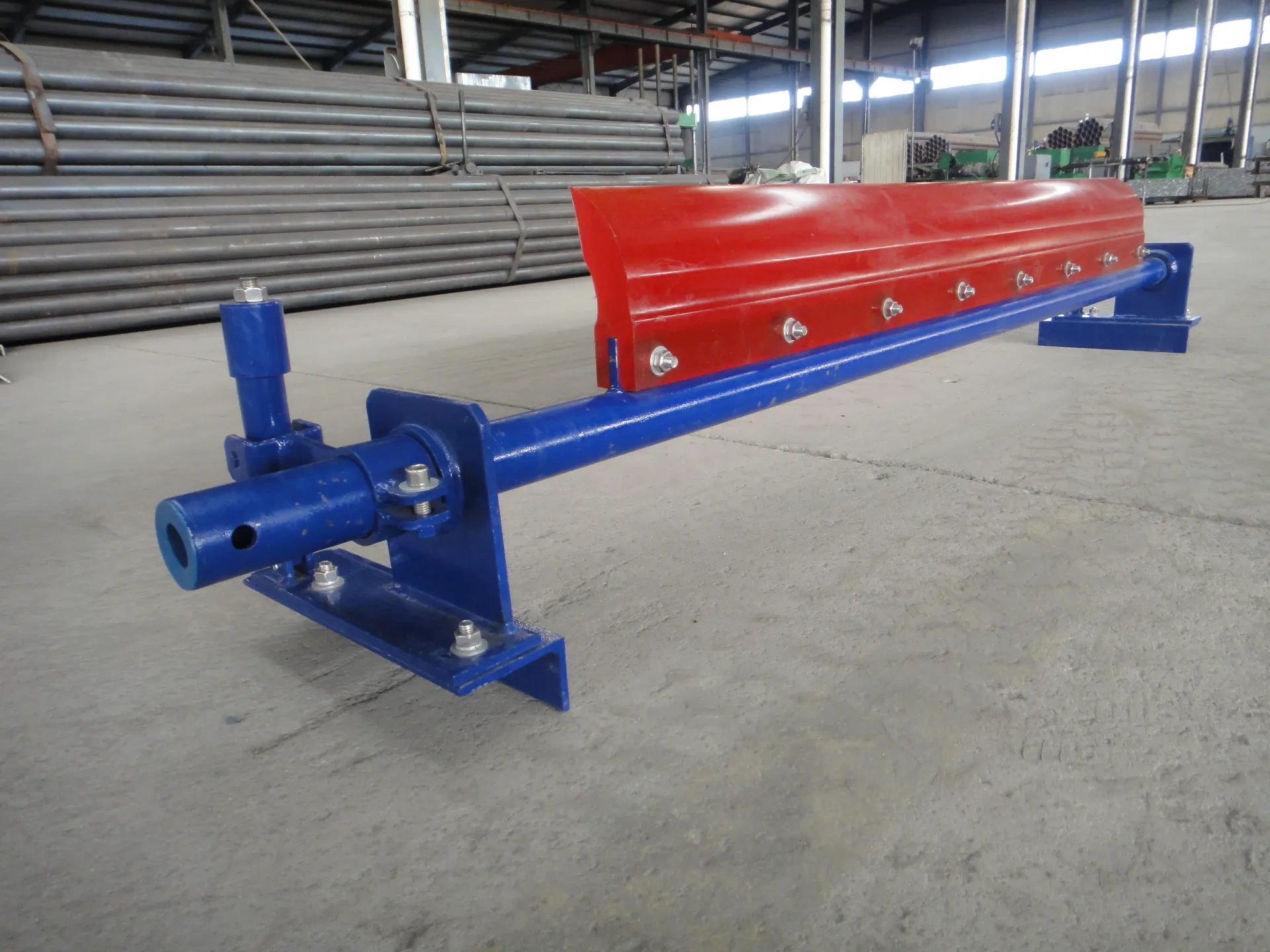 Afrikaans
Afrikaans  Albanian
Albanian  Amharic
Amharic  Arabic
Arabic  Armenian
Armenian  Azerbaijani
Azerbaijani  Basque
Basque  Belarusian
Belarusian  Bengali
Bengali  Bosnian
Bosnian  Bulgarian
Bulgarian  Catalan
Catalan  Cebuano
Cebuano  Corsican
Corsican  Croatian
Croatian  Czech
Czech  Danish
Danish  Dutch
Dutch  English
English  Esperanto
Esperanto  Estonian
Estonian  Finnish
Finnish  French
French  Frisian
Frisian  Galician
Galician  Georgian
Georgian  German
German  Greek
Greek  Gujarati
Gujarati  Haitian Creole
Haitian Creole  hausa
hausa  hawaiian
hawaiian  Hebrew
Hebrew  Hindi
Hindi  Miao
Miao  Hungarian
Hungarian  Icelandic
Icelandic  igbo
igbo  Indonesian
Indonesian  irish
irish  Italian
Italian  Japanese
Japanese  Javanese
Javanese  Kannada
Kannada  kazakh
kazakh  Khmer
Khmer  Rwandese
Rwandese  Korean
Korean  Kurdish
Kurdish  Kyrgyz
Kyrgyz  Lao
Lao  Latin
Latin  Latvian
Latvian  Lithuanian
Lithuanian  Luxembourgish
Luxembourgish  Macedonian
Macedonian  Malgashi
Malgashi  Malay
Malay  Malayalam
Malayalam  Maltese
Maltese  Maori
Maori  Marathi
Marathi  Mongolian
Mongolian  Myanmar
Myanmar  Nepali
Nepali  Norwegian
Norwegian  Norwegian
Norwegian  Occitan
Occitan  Pashto
Pashto  Persian
Persian  Polish
Polish  Portuguese
Portuguese  Punjabi
Punjabi  Romanian
Romanian  Russian
Russian  Samoan
Samoan  Scottish Gaelic
Scottish Gaelic  Serbian
Serbian  Sesotho
Sesotho  Shona
Shona  Sindhi
Sindhi  Sinhala
Sinhala  Slovak
Slovak  Slovenian
Slovenian  Somali
Somali  Spanish
Spanish  Sundanese
Sundanese  Swahili
Swahili  Swedish
Swedish  Tagalog
Tagalog  Tajik
Tajik  Tamil
Tamil  Tatar
Tatar  Telugu
Telugu  Thai
Thai  Turkish
Turkish  Turkmen
Turkmen  Ukrainian
Ukrainian  Urdu
Urdu  Uighur
Uighur  Uzbek
Uzbek  Vietnamese
Vietnamese  Welsh
Welsh  Bantu
Bantu  Yiddish
Yiddish  Yoruba
Yoruba  Zulu
Zulu Feb . 15, 2025 13:12
Back to list
conveyor pulley components
A conveyor system is a common piece of mechanical handling equipment that moves materials from one location to another. These systems are particularly useful in applications involving the transportation of heavy or bulky materials. Comprising an array of critical components, understanding each element's role not only ensures efficient operation but also aids in optimizing overall performance.
A driving force is required to move the belt and the materials atop it, which is where the motor and drive mechanism come into play. This component determines the speed and efficiency of the conveyor. The combination of a high-quality motor and a suitable drive system, such as a gear reduction drive or direct drive, ensures that the conveyor system operates with optimal efficiency and energy consumption, directly impacting operational costs and productivity. Equally important are the control systems. These include sensors, switches, and software that form the brain of the conveyor operation. Modern systems are equipped with programmable logic controllers (PLCs) that allow for automated processes and integration with broader industrial networks. These technological advancements provide real-time data to operators, significantly enhancing the system’s reliability and adaptability. Safety features are crucial for ensuring the well-being of operators and the longevity of the conveyor system. Emergency stop buttons, guardrails, and warning indicators are typical safety measures that prevent accidents and protect the equipment from damage. Each component of a conveyor system plays a pivotal role in its overall functionality. By understanding and selecting the right components based on the specific needs and constraints of the application, businesses can create a conveyor system that is not only efficient but also sustainable and cost-effective. As conveyor technology continues to evolve, the trend towards automation and smart integration presents an opportunity for further refinement in performance and safety, reinforcing the importance of choosing high-quality components and implementing advanced control systems.


A driving force is required to move the belt and the materials atop it, which is where the motor and drive mechanism come into play. This component determines the speed and efficiency of the conveyor. The combination of a high-quality motor and a suitable drive system, such as a gear reduction drive or direct drive, ensures that the conveyor system operates with optimal efficiency and energy consumption, directly impacting operational costs and productivity. Equally important are the control systems. These include sensors, switches, and software that form the brain of the conveyor operation. Modern systems are equipped with programmable logic controllers (PLCs) that allow for automated processes and integration with broader industrial networks. These technological advancements provide real-time data to operators, significantly enhancing the system’s reliability and adaptability. Safety features are crucial for ensuring the well-being of operators and the longevity of the conveyor system. Emergency stop buttons, guardrails, and warning indicators are typical safety measures that prevent accidents and protect the equipment from damage. Each component of a conveyor system plays a pivotal role in its overall functionality. By understanding and selecting the right components based on the specific needs and constraints of the application, businesses can create a conveyor system that is not only efficient but also sustainable and cost-effective. As conveyor technology continues to evolve, the trend towards automation and smart integration presents an opportunity for further refinement in performance and safety, reinforcing the importance of choosing high-quality components and implementing advanced control systems.
Latest news
-
The Unrivaled Performance of Polyurethane Pulleys in Industrial ApplicationsNewsAug.25,2025
-
The Critical Role of Drum Lagging in Conveyor SystemsNewsAug.25,2025
-
Navigating Industrial Efficiency: The Critical Role of Conveyor PulleysNewsAug.25,2025
-
InIntroduction to Advanced Pulley Lagging SolutionsNewsAug.25,2025
-
Industry Trends in Pulley Lagging TechnologyNewsAug.25,2025
-
Revolutionizing Conveyor Reliability with Advanced Rubber Lagging PulleysNewsJul.22,2025
OUR PRODUCTS





























